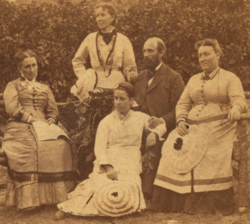
Mormons are a religious and cultural group related to Mormonism, the principal branch of the Latter Day Saint movement started by Joseph Smith in upstate New York during the 1820s. After Smith's death in 1844, the movement split into several groups following different leaders; the majority followed Brigham Young, while smaller groups followed Joseph Smith III, Sidney Rigdon, and James Strang. Most of these smaller groups eventually merged into the Community of Christ, and the term Mormon typically refers to members of the Church of Jesus Christ of Latter-day Saints, as today, this branch is far larger than all the others combined. People who identify as Mormons may also be independently religious, secular, and non-practicing or belong to other denominations. Since 2018, the LDS Church has emphasized a desire for its members be referred to as "members of The Church of Jesus Christ of Latter-day Saints", or more simply as "Latter-day Saints".
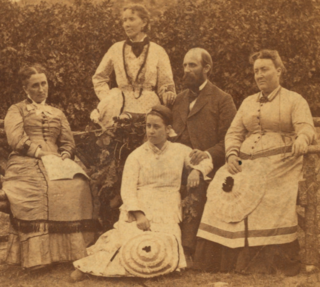
Polygamy was practiced by leaders of the Church of Jesus Christ of Latter-day Saints for more than half of the 19th century, and practiced publicly from 1852 to 1890 by between 20 and 30 percent of Latter-day Saint families.

John Taylor was an English-born religious leader who served as the third president of the Church of Jesus Christ of Latter-day Saints from 1880 to 1887. He is the first and so far only president of the LDS Church to have been born outside the United States.

The True and Living Church of Jesus Christ of Saints of the Last Days (TLC) is a breakaway sect of the Church of Jesus Christ of Latter-day Saints. It is headquartered in Manti, Utah, United States, where as of 2004 it maintained a membership of 300 to 500 adherents. The church has a meetinghouse in Manti, and in the past also owned the Red Brick Store.

Mormon fundamentalism is a belief in the validity of selected fundamental aspects of Mormonism as taught and practiced in the nineteenth century, particularly during the administrations of Joseph Smith, Brigham Young, and John Taylor, the first three presidents of the Church of Jesus Christ of Latter-day Saints. Mormon fundamentalists seek to uphold tenets and practices no longer held by mainstream Mormons. The principle most often associated with Mormon fundamentalism is plural marriage, a form of polygyny first taught in the Latter Day Saint movement by the movement's founder, Smith. A second and closely associated principle is that of the United Order, a form of egalitarian communalism. Mormon fundamentalists believe that these and other principles were wrongly abandoned or changed by the LDS Church in its efforts to become reconciled with mainstream American society. Today, the LDS Church excommunicates any of its members who practice plural marriage or who otherwise closely associate themselves with Mormon fundamentalist practices.

The 1890 Manifesto is a statement which officially advised against any future plural marriage in the Church of Jesus Christ of Latter-day Saints. Issued by Church President Wilford Woodruff in September 1890, the Manifesto was a response to mounting anti-polygamy pressure from the United States Congress, which by 1890 had disincorporated the church, escheated its assets to the U.S. federal government, and imprisoned many prominent polygamist Mormons. Upon its issuance, the LDS Church in conference accepted Woodruff's Manifesto as "authoritative and binding."

Polygamy in the Church of Jesus Christ of Latter Day Saints, or plural marriage, is generally believed to have originated with the founder of Mormonism, Joseph Smith. According to several of his associates, Smith taught that polygamy was a divine commandment and practiced it personally, by some accounts marrying more than 30 women, some of whom had existing marriages to other men. Evidence for Smith's polygamy is provided by the church's "sealing" records, affidavits, letters, journals, and diaries. However, until his death, Smith and the leading church quorums denied that he preached or practiced polygamy. Smith's son Joseph Smith III, his widow Emma Smith, and the Reorganized Church of Jesus Christ of Latter Day Saints challenged the evidence and taught that Joseph Smith had opposed polygamy. They instead claimed that Brigham Young, the head of the Church of Jesus Christ of Latter-day Saints, introduced plural marriage after Smith's death. In 1852, leaders of the Utah-based LDS Church publicly announced the doctrine of polygamy.

The Apostolic United Brethren (AUB) is a Mormon fundamentalist group that practices polygamy. The AUB has had a temple in Mexico since at least the 1990s, an endowment house in Utah since the early 1980s, and several other locations of worship to accommodate their members in the US states of Wyoming, Arizona, and Montana.
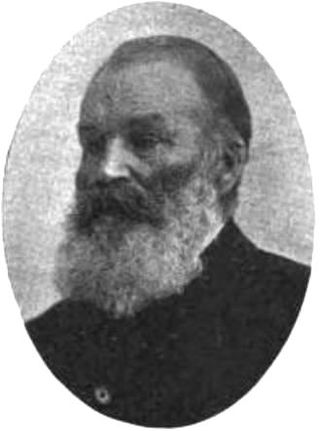
John Wickersham Woolley was an American Latter Day Saint and one of the founders of the Mormon fundamentalism movement. Most Mormon fundamentalist groups trace their origin directly or indirectly to Woolley.
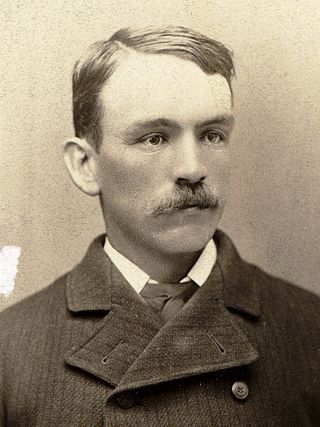
Lorin Calvin Woolley was an American proponent of plural marriage and one of the founders of the Mormon fundamentalist movement. As a young man in Utah Territory, Woolley served as a courier and bodyguard for polygamous leaders of the Church of Jesus Christ of Latter-day Saints in hiding during the federal crusade against polygamy. His career as a religious leader in his own right commenced in the early twentieth century, when he began claiming to have been set apart to keep plural marriage alive by church president John Taylor in connection with the 1886 Revelation. Woolley's distinctive teachings on authority, morality, and doctrine are thought to provide the theological foundation for nearly ninety percent of Mormon fundamentalist groups.

Joseph White Musser was a Mormon fundamentalist leader.
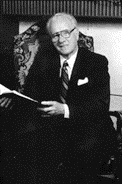
Owen Arthur Allred was the leader of the Apostolic United Brethren, a Mormon fundamentalist polygamist group centered in Bluffdale, Utah. He came to this position following the murder of his brother Rulon Allred on orders of rival polygamist leader Ervil LeBaron, in 1977.

The "Second Manifesto" was a 1904 declaration made by Joseph F. Smith, the president of the Church of Jesus Christ of Latter-day Saints, in which Smith stated the church was no longer sanctioning marriages that violated the laws of the land and set down the principle that those entering into or solemnizing polygamous marriages would be excommunicated from the church.
Nathaniel Baldwin was an American inventor and industrialist, known for his improved telephonic earphone, among other inventions. He was also a supporter of the early Mormon fundamentalist movement.
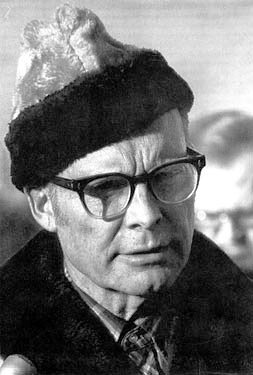
Ogden Wedlund Kraut was an American polygamist, author and publisher who became best known for his writings about Mormon fundamentalist topics. Kraut was an independent fundamentalist who never joined any fundamentalist group. He published his writings and other historical church writings through his Pioneer Press.
The Centennial Park group is a fundamentalist Mormon group, with approximately 1,500 members that is headquartered in Centennial Park, Arizona. The Centennial Park group broke with Leroy S. Johnson, leader and senior member of the Priesthood Council of the Fundamentalist Church of Jesus Christ of Latter-Day Saints, in the early 1980s. There is no formal relationship between the FLDS Church and the Centennial Park community. The group is also known as the "Second Ward", "The Work of Jesus Christ" and "The Work".
The Church of Jesus Christ of Latter-day Saints and the Kingdom of God is a Mormon fundamentalist church in the Latter Day Saint movement. The sect was founded by Frank Naylor and Ivan Nielsen, who split from the Centennial Park group, another fundamentalist church over issues with another prominent polygamous family. The church is estimated to have 200–300 members, most of whom reside in the Salt Lake Valley. The group is also known as the Neilsen Naylor Group or the Third Ward.
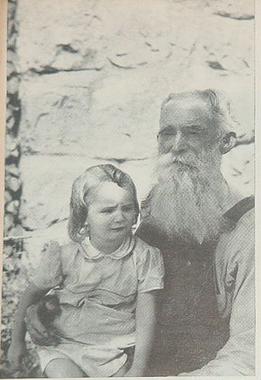
Joseph Smith Jessop was an early patriarch in the Mormon fundamentalist movement and, with John Y. Barlow, co-founder of Short Creek, Arizona, home to the polygynous Short Creek Community.

The Council of Friends was one of the original expressions of Mormon fundamentalism, having its origins in the teachings of Lorin C. Woolley, a courier and bodyguard for polygamous leaders of the Church of Jesus Christ of Latter-day Saints, who was excommunicated in 1924.
